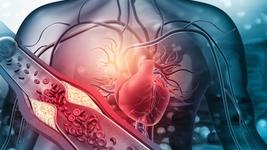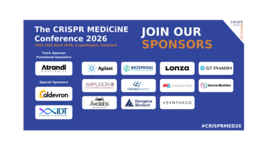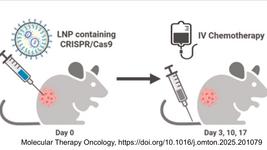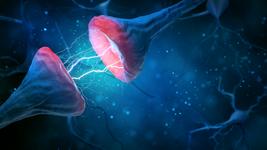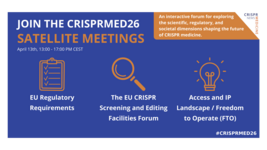Nav1.7 mutation causes hyperexcitable patient-derived neurons
Inherited erythromelalgia, small fibre neuropathy, and paroxysmal extreme pain disorder are linked to gain-of-function mutations in the sodium channel Nav1.7. Still, the mechanisms by which these variants drive distinct pain syndromes are not fully understood.
An American study has used patient-derived induced pluripotent stem cells (iPSCs) harbouring the A1632G mutation in SCN9A, encoding Nav1.7, to generate sensory neurons for electrophysiological analysis.
These neurons exhibited hyperexcitability phenotypes not previously observed in heterologous expression systems, highlighting the advantage of studying disease mutations in a more native cellular context. CRISPR-mediated correction of the mutation in patient iPSCs reduced neuronal excitability, while the introduction of the mutation into control iPSCs induced hyperexcitability, establishing a direct causal link.
The results demonstrate the potential of iPSC-derived sensory neurons as a model system to uncover mutation-specific pathomechanisms and evaluate genome-editing strategies for treating ion channel-related pain disorders.
The study was led by Stephen Waxman and Clifford Woolf from Yale University School of Medicine and Boston Children’s Hospital, respectively. It was published in Brain on 25 April.
To get more CRISPR Medicine News delivered to your inbox, sign up to the free weekly CMN Newsletter here.
Tags
CLINICAL TRIALS
Sponsors:
Base Therapeutics (Shanghai) Co., Ltd.
Sponsors:
Base Therapeutics (Shanghai) Co., Ltd.



